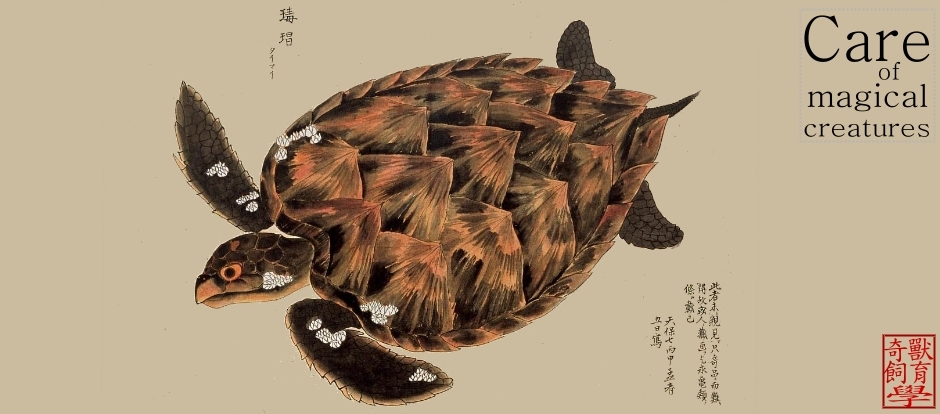 [superlink: Images from ZooKeys via Wikimedia Commons; photo credit: AS Gardner]
[superlink: Images from ZooKeys via Wikimedia Commons; photo credit: AS Gardner]Abstract
The terrestrial reptile fauna of Oman and the United Arab Emirates is rich, with at least 79 species of lizards and snakes and a single species of worm lizard. However, to date there have been no accurate maps published of their distribution ranges, and distribution data relies on scattered museum specimen localities and published accounts. Considerable numbers of locality data points do exist, collected by visting and resident herpetologists, and more recently, from ecologists working on surveys for environmental impact assessments and biodiversity action plans. These data are invaluable, as amongst other uses, they can assist conservation planning and management, and will eventually document changes in distributions over time. This is especially true where there has been extensive habitat loss and degradation due to urbanisation and development activities. Data have been collected from museum records, published accounts and unpublished data from a variety of sources, including many records made by the author over the last 20 years, with the aim of producing an atlas of species distributions. The number of records is now approaching 5.000, giving sufficient coverage to produce maps that are useful for a variety of applications. Examples are discussed, including endangered and endemic species, snakes of medical importance and species of potential interest in ecological and evolutionary studies.
